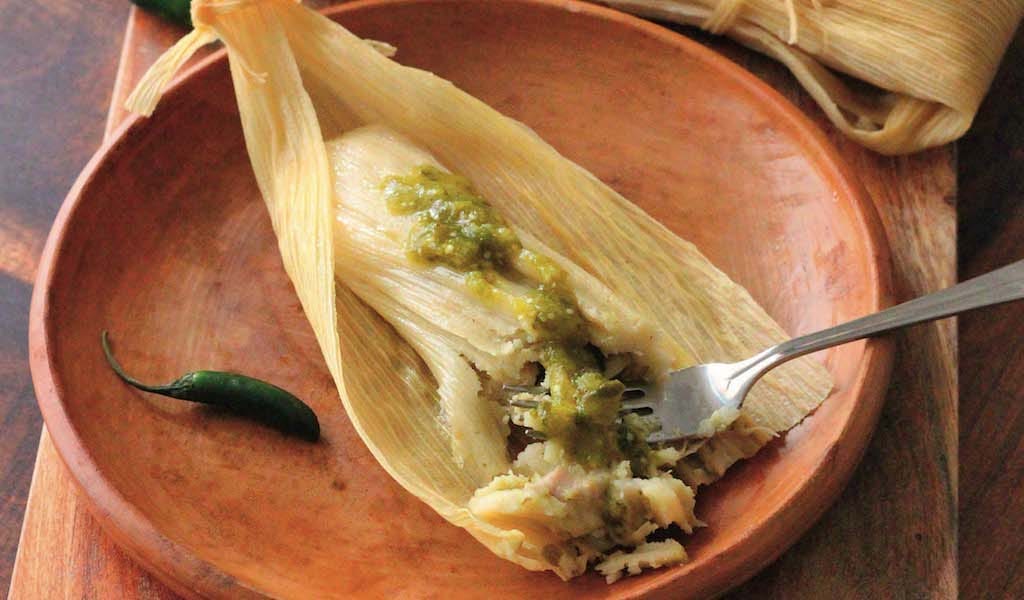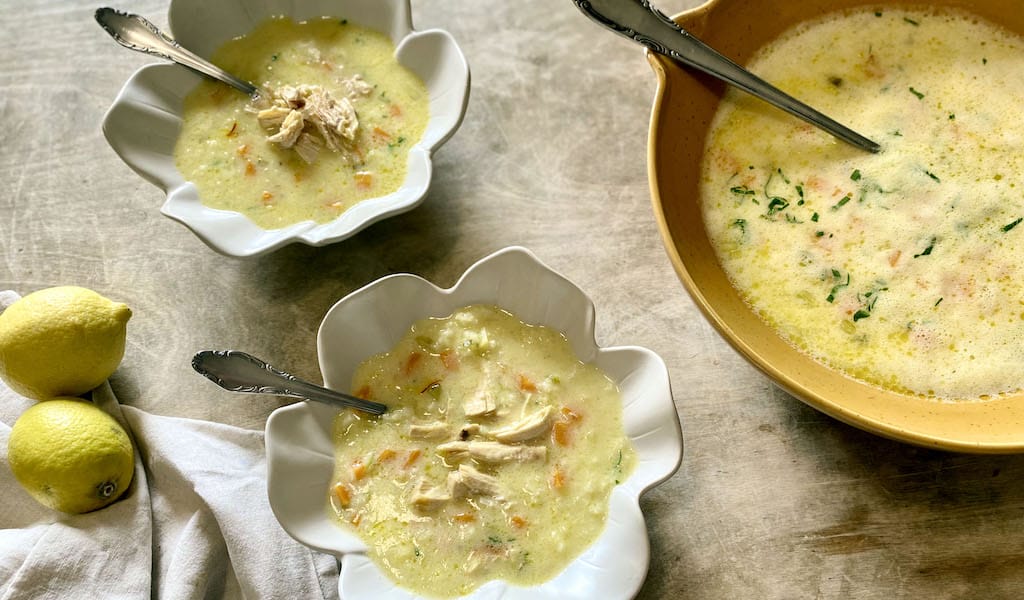Editor’s Note: In 2019, we were lucky enough to be able to interview author Caroline Eden about her travelogue and recipe book Black Sea, which took her on a culinary and historical journey from Odessa in Ukraine to Turkey’s Trabzon. In light of the devastating war in Ukraine and in solidarity with the country’s people, we are rerunning the interview, which serves as a reminder of the region’s turbulent history but also of a more recent period of hope for a better future.
For those hoping to provide further support for Ukrainians, Eden has been promoting a charity called Cook for Ukraine, which is raising funds for UNICEF UK. The US-based World Central Kitchen, founded by chef José Andrés, is also collecting donations for its work in Poland, where it is feeding recently-arrived Ukrainian refugees.
We spoke with travel writer Caroline Eden about her culinary travelogue, Black Sea: Dispatches and Recipes, Through Darkness and Light (Hardie Grant; May 2019). Eden has written for the Guardian, the Telegraph and the Financial Times, among other publications, and has filed stories from Uzbekistan, Ukraine, Russia, Kyrgyzstan, Kazakhstan and Azerbaijan for BBC Radio 4’s From Our Own Correspondent.
Eden is also co-author of Samarkand: Recipes & Stories from Central Asia & the Caucasus (Kyle Books; July 2016), a Guardian book of the year in 2016 and winner of the Guild of Food Writers Award for best food and travel book in 2017. You can read our CB Book Talk on Samarkand here.
 How did Black Sea come about?
How did Black Sea come about?
Back in 2013, I traveled from London to Tbilisi overland, and I saw the Black Sea and its steady blue-grey waves through a grubby bus window. To me, the sea had an almost spiritual heaviness and pull. Shortly after I returned home, the sight of the sea started interrupting my thoughts and daydreams, kick-starting a Black Sea obsession, sending me first to books and then on trips to Istanbul and Odessa, looking to answer questions. How can history books claim the Black Sea to be both the “birthplace of barbarism” and “the sea that welcomes strangers?” Is anything left of the sea’s historic trade routes? What connects its towns and cities today? What lies hidden? And what can its foodways tell us about the back story of the Black Sea’s communities and landscape?
How did working on this book differ from working on your previous book, Samarkand? Any similarities between what you saw along the Silk Route and around the Black Sea?
Just as with Central Asia, the heart of the Silk Road, however you look at the Black Sea on the map, its strategic importance cannot be denied. Branches of the Silk Road crisscrossed northern Turkey, so there are historical comparisons – caravanserais, ancient merging of cultures, a very long history of trade. … Whereas the Black Sea offers waterways and land routes leading east to China; south, to the Middle East and the Mediterranean; west, to eastern Europe; and north, to the Baltic Sea. So, as with Samarkand it is the mixing and merging of cultures, and the sense of the “frontier” that appeals to me.
The two books themselves are very different. Samarkand is a straightforward cookery book, interspersed with some travel essays, whereas Black Sea is a travel narrative – taking in three major cities: Odessa, Istanbul and Trabzon, with stops along the way – with the recipes merely intended to enrich the story, rather than being front and center.

Many, if not all, of the spots you stop in have experienced upheaval and the relocation of historical populations (Tatars and Jews in Odessa, Greeks in Trabzon and Istanbul, etc.). How did you see that reflected in the food culture you were documenting?
Istanbul, not on, but satisfyingly close to the Black Sea – connected to it by the throat of the Bosphorus – is full of people from the Black Sea: cooks, fishermen, hamam owners, bakers, musicians and taxi drivers. It is the ultimate Black Sea diaspora. There, I found many cooks from Turkish Black Sea cities such as Trabzon and Rize and also Tatars from Crimea and cooks from North Ossetia, who had carried their family recipes and kept them.

Of all the places you traveled in along the Black Sea, which one surprised you the most in culinary terms?
It would have to be Odessa, especially the Jewish food still found there. On many Odessan menus, along with Black Sea mussels and borscht, are tzimmes and forshmak. They are, as their names suggest, not Russian or Ukrainian, but Jewish. Ukrainian-style forshmak is a simple thing, tasting of what it is: a pâté of soaked chopped herring mixed with sour cream and apple, served cold on crackers. Tzimmes, at its most basic, is a diced stew of root vegetables, sweet with honey or meaty with brisket. In Odessa, these quintessentially Jewish foods are served in non-Jewish restaurants to non-Jewish customers because they have been fully adopted and embraced as Odessan. The city’s modern-day Jewish community, hovering around 3 percent, is a fraction of what it once was during pre-World War II times, but Jewish cuisine remains inseparable from Odessan cuisine.
Black Sea is both a travel narrative and a recipe book. How would you describe the process of collecting the recipes for this book?
As I’m a travel writer who writes about food, for me, recipes are like photographs – they are another way to tell the story, to enhance the words, to give readers the chance to taste the journey.
Some of the recipes are inspired by historical events, some by literature and some by restaurant meals. The chapters are arranged by stops along the coastline, with the narrative driving the recipes. I don’t aim to catalogue a nation’s cuisine. I’m certainly not qualified to do so. Rather, I like to use recipes to help tell the story.
This interview has been condensed and edited.
Click here to purchase Caroline Eden’s “Black Sea: Dispatches and Recipes, Through Darkness and Light,” out now!
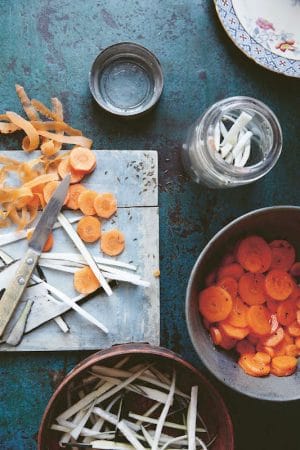 Recipe: Odessan Coleslaw
Recipe: Odessan Coleslaw
If you love hot radishy flavors try to seek out winter’s offering of black radishes. Sometimes spherical, sometimes elongated like daikon, they are soot-black but with a white creamy center and are bolder than regular radishes. Sobakevich, in Gogol’s Dead Souls, likes his black radishes doused in honey, and this salad reproduces that sweet bitter flavor mix. Across the Black Sea, in Turkey, radishes are turp and black ones, kara turp, are often simply grated and soused in vinegar, olive oil and salt.
Ingredients
For the quick pickled black radishes
200 grams black radishes, lightly scrubbed clean
3 tablespoons cider vinegar
2 tablespoons water
1 tablespoon honey
pinch of salt
For the carrots
250g carrots, peeled and cut into thick coins
1 teaspoon caraway seeds
2 tablespoons sunflower oil
1 tablespoon honey
1 garlic clove, crushed
1 teaspoon water
1/2 teaspoon sea salt
good grind of black pepper
Directions
Start with the radishes, cutting them into thick matchsticks, keeping the charcoal-coloured skin on (a mandoline with a julienne blade makes quick work of this). Mix the vinegar, water, honey and salt in a small pan. Stir gently over low heat until the honey dissolves. Remove from the heat and stir the sliced radishes through. Transfer to a bowl and leave to one side while you prepare the carrots.
Begin by heating a dry frying pan and toasting the caraway seeds for 1-2 minutes until fragrant, then lightly bash them using a pestle and mortar, without crushing them entirely, releasing the scent more. Tip into a large bowl and whisk in the oil, honey (if you measure the oil first, then use the same measuring spoon, without washing it, for the honey – the honey will easily slide off, leaving no sticky residue), garlic, water, salt and pepper, then add your prepared carrots. Stir to combine and set aside.
Leave both the radishes and the carrots in their separate bowls for a couple of hours at room temperature to let the flavours develop. Keep any juice created by the carrots and toss in.
Serve the pickled radish matchsticks, to taste, on top of the carrots. If you don’t want to use all the radishes at once, place in a sterilised jar and keep in the fridge. They will be good for 3 days or so.
This article was originally published on May 21, 2019.
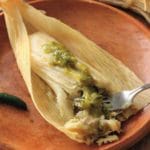 January 12, 2021 CB Book Club
January 12, 2021 CB Book Club
We recently spoke to Mely Martínez about her cookbook, The Mexican Home Kitchen (Rock […] Posted in Mexico City April 2, 2024 Grandma’s Folar Recipe
April 2, 2024 Grandma’s Folar Recipe
Folar is the generic name given to traditional Easter sweet bread in Portugal. Making it […] Posted in Lisbon January 17, 2024 Recipe
January 17, 2024 Recipe
I can’t think of a more comforting dish than soup. It can be as simple or complex as you […] Posted in Athens
Published on March 04, 2022
Related stories
January 12, 2021
Mexico City | By Culinary Backstreets
Mexico CityWe recently spoke to Mely Martínez about her cookbook, The Mexican Home Kitchen (Rock Point, September 2020), which compiles the traditional home-style dishes that feed Mexican families day in and day out. These include comforting foods like caldo de pollo and carne con papas, celebratory recipes like mole poblano and pastel de cumpleaños, and classics…
April 2, 2024
LisbonFolar is the generic name given to traditional Easter sweet bread in Portugal. Making it from scratch is somewhat of a long process, but being confined due to the coronavirus crisis, we seem to have a bit more time on our hands than expected. My family’s folar recipe is from my grandmother Felismina, who was…
January 17, 2024
AthensI can’t think of a more comforting dish than soup. It can be as simple or complex as you wish, and as cheap or expensive as you can afford. Just open your fridge or pantry, and you’re sure to find something to turn into a liquid meal – vegetables, herbs, spices, meat, poultry, seafood, grains, legumes……







































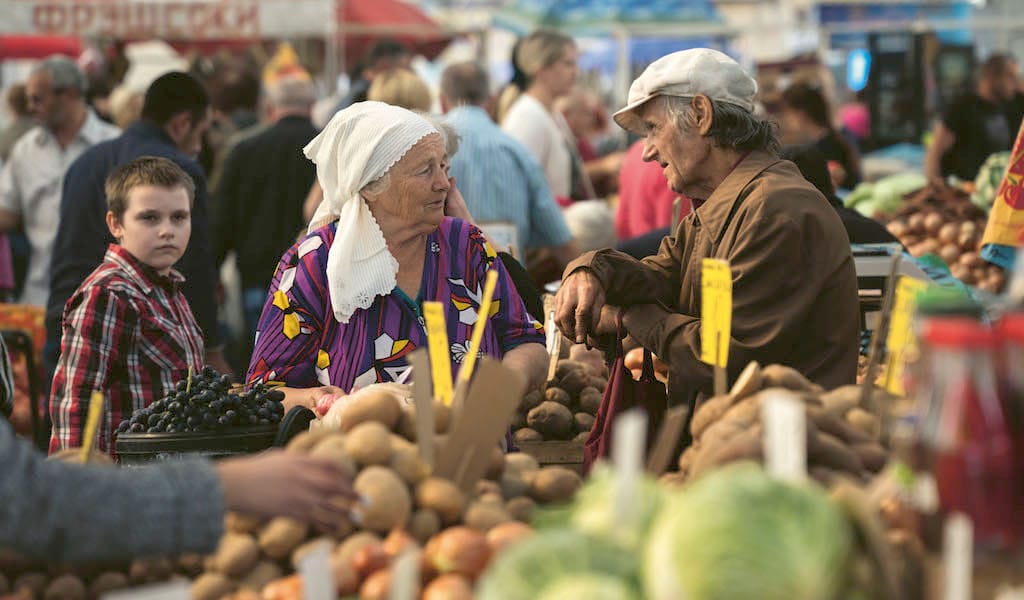



 Recipe: Odessan Coleslaw
Recipe: Odessan Coleslaw


